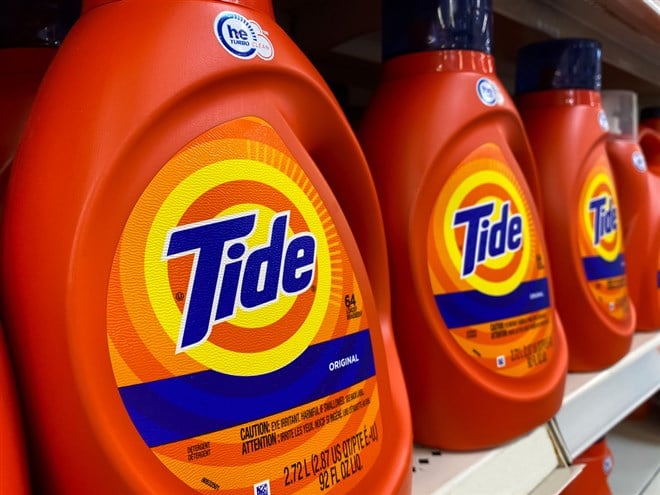
Procter and Gamble (NYSE: PCG) is an American multinational consumer goods company that is headquartered out of Cincinnati, Ohio. P&G reported earnings on 29th July 2022, and shares were down 4% in pre-market on results.
“Fiscal year 2022 was another strong year,” said Jon Moeller, Chairman of the Board, President and Chief Executive Officer. “The P&G team’s execution of our integrated strategies delivered strong top-line growth, earnings growth, and significant cash return to shareowners in the face of severe cost and operational headwinds. As we look forward to fiscal 2023, we expect another year of significant headwinds. We remain committed to our integrated strategies of superiority, productivity, constructive disruption and an agile and accountable organization structure. They remain the right strategies to step forward into the near-term challenges we are facing and continue to deliver balanced growth and value creation.”
Prudent management leads to another strong quarter
Procter posted a revenue of $19.52 billion for the quarter and management was keen to point out that the company performed better than expected on both top and bottom line, despite facing currency headwinds of $3.3 billion. Fourth-quarter earnings per share came in 7% higher than the same quarter in 2021, but management has guided that total earnings will slow down moving forward.
Homecare and cleaning products were up 4% for the year, while baby feminine and family care segment sales were up only 2%. Beauty sales remained flat and skin care products rose 1%.
Net sales for the year came in at $80 billion 5% higher than the previous fiscal year. Meanwhile diluted earnings per share (EPS), came in at $5.81. Operating cash flow came in at $16.7 billion and the adjusted free cash flow productivity was 93%. The company returned $19 billion to investors in the form of buybacks and dividends for the year.
The company faced numerous headwinds during the quarter as sales out of China and Russia continued to weigh on segments such as beauty products. Lower volumes across all segments were primarily a result of issues stemming from China and Russia.
Management continues to be cautious with its outlook and understands it is facing numerous issues globally as central banks continue to raise interest rates simultaneously to counter inflation, which in turn is affecting purchasing power. EPS for the fiscal year 2023 is expected to come in 2% higher, and revenue is expected to come in around 3-5% higher with similar levels of organic sales.
P&G continues to be a well-known global brand selling key everyday household goods. The company did expect higher single-digit revenues for the year and may hit those targets into the next year as expansion into emerging markets starts to pay dividends.
Valuation
Procter and Gamble is facing cyclical issues and the valuation remains slightly higher than what investors might be comfortable with. The stock currently trades at a price-to-earnings of 24x and has a dividend yield of 2.5%. Considering the U.S. 10-year treasury now trades around 3%, there is a chance the stock could see a slight decline, especially if growth continues to come in weaker than expected. Furthermore, the company’s net profit margins have been higher than expected for the past year or so, and that might start to change especially if inflationary pressures continue. Until now P&G has been able to maintain a 17-18% net profit margin by passing on costs to consumers. But the strategy has limitations despite the company coming under the consumer durable category.
Debt to equity remains low and management has indicated it will continue to lower debt, with long-term debt currently at $22 billion, but the balance sheet remains relatively safe for now. Cash declined to $10 billion for the fiscal year, largely on the back of buybacks and dividends. The company’s current ratio also remains healthy at 4:1 and there is very little chance of any major debt-related issues cropping up.
P&G has strong institutional ownership, but insiders continue to sell
P&G continues to be a blue-chip stock and has a five-year beta of .39, which makes it a stock that is not very volatile. The company’s largest institutional investors include the likes of Vanguard, State Street Advisors, and T.Rowe Price, all names that are well-known in the industry. But over the past couple of quarters, company executives and insiders have sold shares, since many probably believe the stock has peaked for now.
